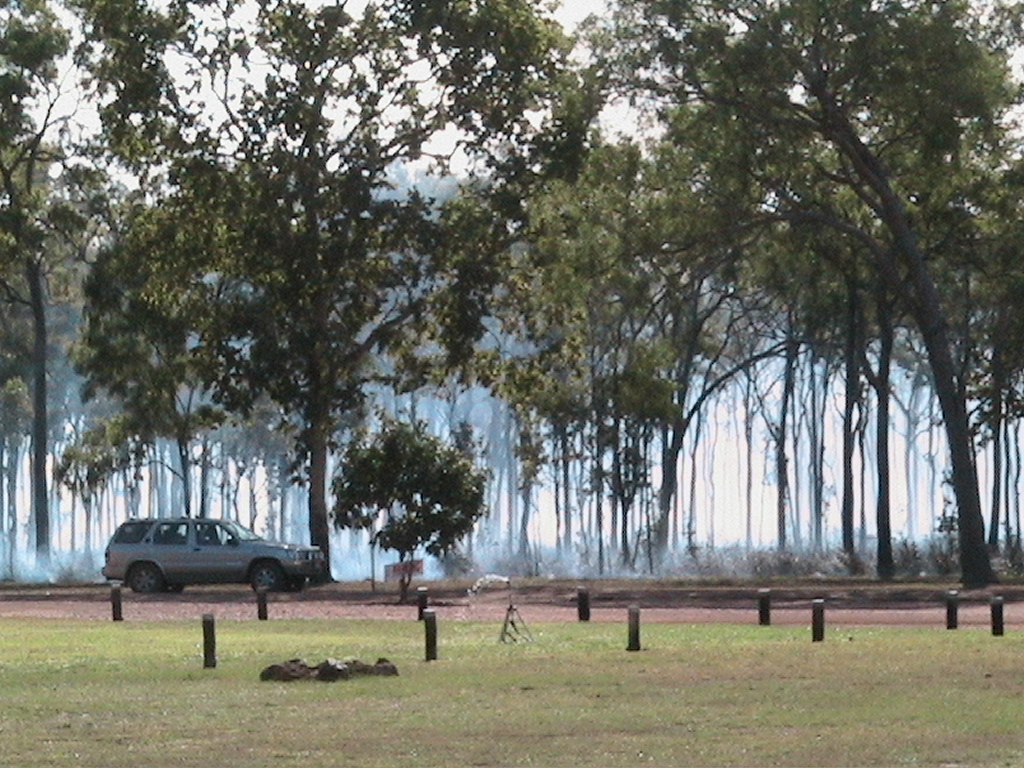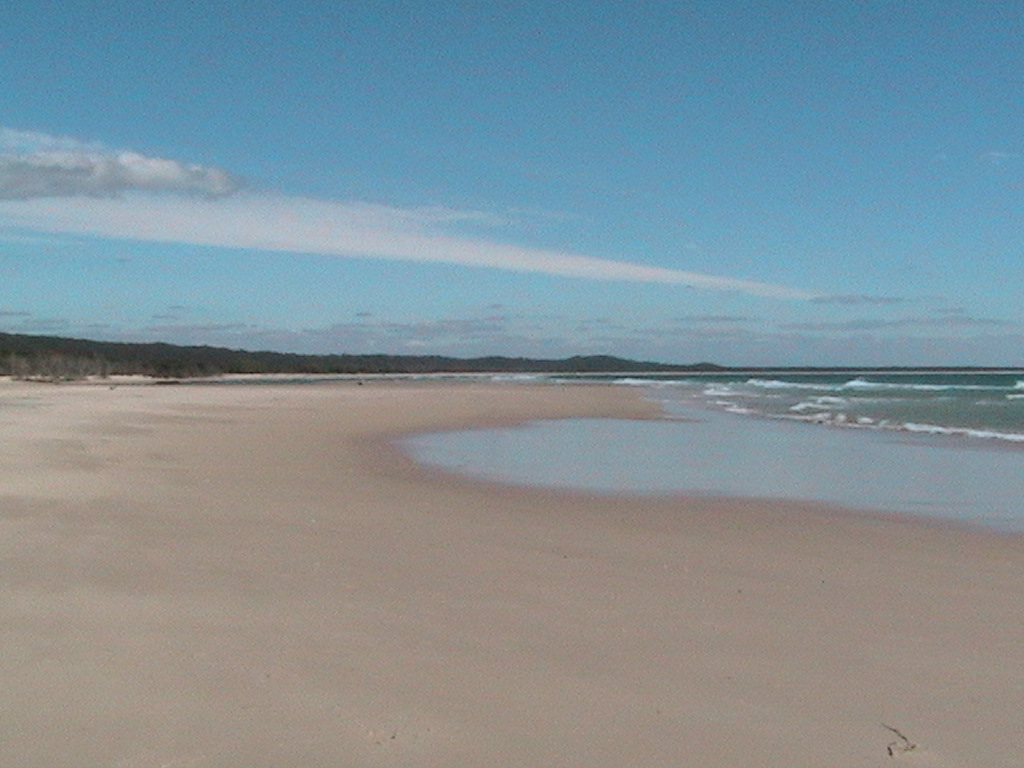What challenges are hindering Australia from utilizing its own gas resources domestically? According to Tony Wood from the Grattan Institute, it’s a complex issue. Given that Australia is one of the world’s largest gas exporters, why is it so challenging to allocate some of that gas for domestic use instead of relying on costly imports?




Australia’s situation regarding gas use is indeed complex, even as it stands as one of the world’s largest gas exporters. Here are a few key difficulties that contribute to this paradox:
Infrastructure Limitations: Much of Australia’s gas infrastructure is designed for export rather than domestic consumption. The pipelines and processing facilities often prioritize the export markets, leading to logistical challenges in redirecting supplies for local use.
Contractual Obligations: Many of Australia’s gas producers are bound by long-term contracts to supply gas to international markets. These contracts can limit the availability of gas for domestic consumers, as producers may prioritize their international commitments to ensure profitability.
Domestic Demand vs. Export Prices: The price of gas in domestic markets can sometimes be significantly lower than international prices, making it economically less attractive for producers to supply gas domestically. This can create a disincentive for companies to allocate more gas for local use.
Regulatory and Policy Challenges: There may be regulatory hurdles and policy inconsistencies that complicate the ability to redirect gas for domestic use. Governments need to balance the interests of industry, consumers, and environmental considerations, which can lead to complex decision-making dynamics.
Competition with Renewable Energy: As Australia increasingly invests in renewable energy sources, the gas sector faces competition in the energy market. This shift can impact investment in gas production for domestic use, as more emphasis is placed on developing sustainable alternatives.
Market Dynamics: The Australian gas market is influenced by global supply and demand dynamics. Changes in international markets can affect local prices and availability, often leading to challenges in securing adequate supplies for domestic needs.
These factors create a complicated landscape that makes it challenging for Australia to efficiently use its abundant gas resources domestically, despite being a leading exporter. Addressing these issues requires coordinated efforts from government, industry, and stakeholders to enhance local energy security while navigating the complexities of the global gas market.